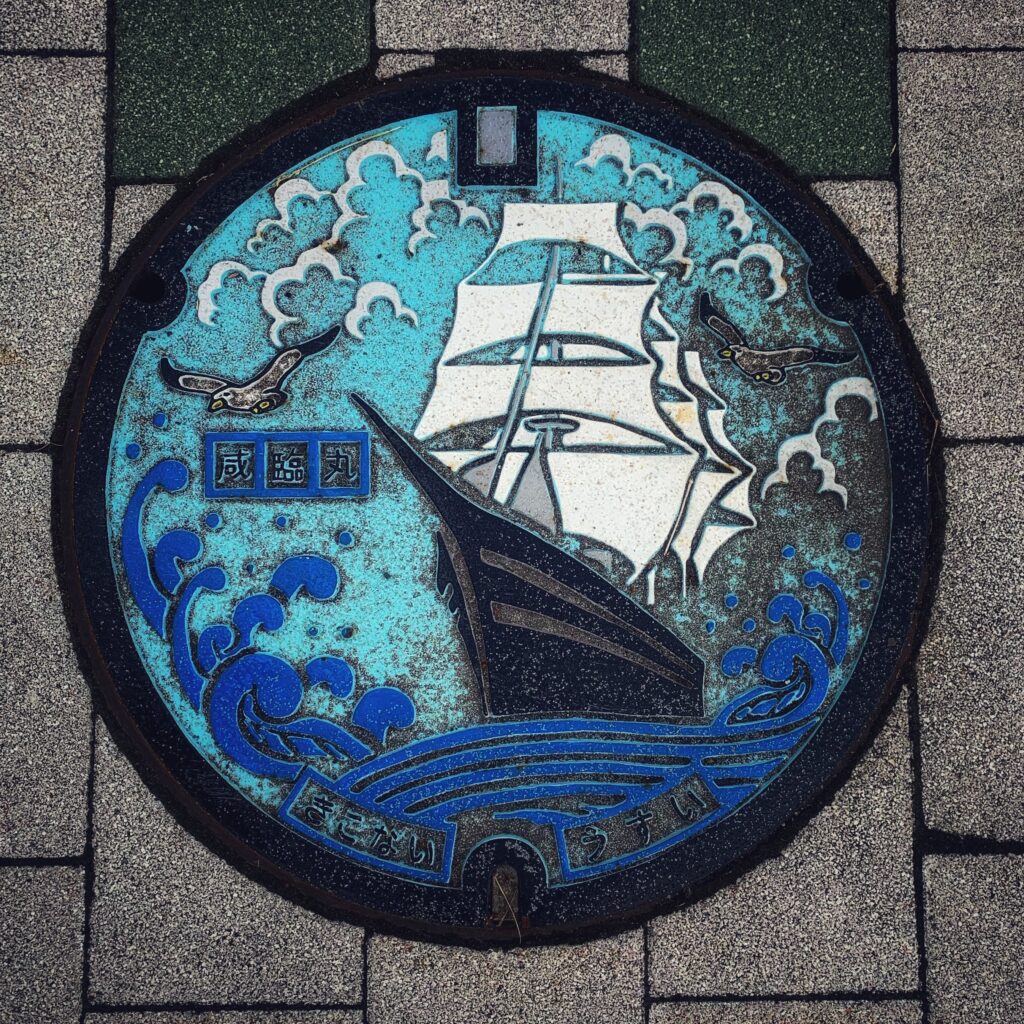Japan is known for some cool things, but you might not know that manhole covers are one of them. In Japan, there are artistically stylized manhole covers everywhere. It’s art on the ground! Check out S. Morita’s photo blog here. Similarly, Remo Camerota has an entire book about Japanese manhole covers in their book titled, Drainspotting. A few weeks ago I discovered that Japan is gamifying the repair of manhole covers in in several prefectures.
PokeLids is another cool initiative that Japan has unveiled, bringing another meaning to the catchphrase “Gotta catch ’em all”.
Manhole covers in Japan
When I travelled to Japan in 2018/2019 I was obsessed with these manhole covers. They are stunning. This week I learned that they are gamifying infrastructure repair in some eastern Japanese cities. The developer hopes that the project “will prompt local governments to respond to covers rendered dangerous by aging and other factors”. The event, which kicked off on June 17 and ended on June 26 saw over 660,000 manhole covers photographed (as of June 23).

The initiative was a joint project between Whole Earth Foundation (a Singaporean nonprofit organization) and Nippon Chutestsukan K.K. (a Tokyo-based water supply and sewage pipe company). The game requires people to download the app onto their mobile devices and input the condition of the manhole covers. Details about the game can be found here. According to the Whole Earth Foundation, “[they] started this project with the hope that citizens would not only consume social infrastructure services but also be responsible for protecting them”.
Interesting facts
According to the Japan Ground Manhole Association:
- There are approximately 15 million manhole covers across Japan
- Of those, approximately 3 million (20%) are over 30 years old
- Already, 660,000 manhole covers have been registered so far

Gamifying data collection
This project gamifies the collection of data for municipal infrastructure repair. They utilize game mechanics to help them collect data about the condition of these manhole covers. But why do people do this? Some do it for personal satisfaction and others do it for their responsibility to the community. That said, rewards can be a good incentive.
According to two participants:
“It’s fun because patterns vary depending on the municipality. I’m curious what designs were used where I’ve travelled before” (source).
“I want to do my part to protect cities. Winning a prize is also a motivating factor” (source).

Conclusion
Although there are plenty of things in Japan to keep your eyes off the ground, the artistry of the manhole covers will certainly have me pointing my camera downward. I love seeing a world that uses gamification for serious projects. This is one that beautifully melds art, infrastructure, and civic duty. I’m looking forward to my next trip to Japan to take some photos of more manhole covers.

